“The trend in bacterial development of antibiotic resistance is not unlike the increasing resistance of agricultural pests to pesticides. In 1938, scientists knew of just seven insect and mite species that had acquired resistance to pesticides. By 1984 that figure had climbed to 447 and included most of the world’s major pests. In response to heavier pesticide use and a wider variety of pesticides, pests have evolved sophisticated mechanisms for resisting the action of chemicals designed to kill them. Pesticides also kill the pests’ natural enemies, much like antibiotics kill the natural enemies of harmful bacteria in the body.”
Have you ever watched a news broadcast and heard about someone who got lost in the woods and survived because they ate wild plants they knew were safe?
OK, this isn’t a scenario most of us would ever find ourselves in, but who knows? Accidents happen. What would happen if there was a real disaster, such as an earthquake, nuclear bomb, or some other type of civil unrest that left you unable to visit a grocery store for weeks or maybe even months?
It never hurts to know exactly how to find edible foods in the wild should the need arise. Did you know that even just knowing 4 edible plants can mean the difference between life and death?
The time to learn is now. Don’t wait until an emergency situation comes up; you should be able to walk out to areas close to your home and be able to identify plants or parts of trees that are edible. It takes a bit of practice.
One of the main things you want to consider is how to establish between an edible plant and a poisonous one. Although you don’t have to have an extensive knowledge, there are a few simple rules you can commit to memory and you should be fine.
Avoid Plants That Have:
- An almond scent to the leaves or woody parts
- Plants with a three leaf growth pattern
- Milk or any type of colored sap
- Spines, thorns, or fine “hairs”
- Bulbs, beans, or seeds that are inside a pod
- Soapy or bitter taste
- Dill, parsley, carrot, or parsnip type of foliage
- Grains that have black, purple, or pink spurs
Of course these rules don’t apply to plants or seeds that you know are safe, but if you aren’t sure, this is a good list to go by. Many poisonous plants show one or more of the above characteristics. Better to avoid an edible plant than to eat a poisonous one.
Commit that list to memory, then print out some pictures of the following edible plants so that you can become accustomed to what they look like and easily identify them should the need arise.
Plants, seeds, and edible wild grains
1. Amaranth (amaranthus retroflexus)
This plant is native to the Americas but is now found on almost every continent. Amaranth is an edible weed that the Aztecs used for food on a regular basis. You can eat all parts of this plant; however, some species have spines on the leaves.
Although they are not poisonous, the spiny leaves of this plant contain oxalic acid, so it’s a good idea to boil the leaves if you can. If you have this plant growing locally without spines, feel free to dig it up and eat all parts of it. The seeds of this plant are especially delicious.
2. Wild Asparagus
Yep, the veggie that makes your pee smell funny grows wild in most parts of North America, Africa, and Europe. Wild asparagus is thinner than the kind you are used to seeing at the grocery store, but it will be easily recognizable.
This is a great way to get some vitamin C, vitamin B6, thiamine, and potassium. You can boil it or just eat it raw right out of the ground.
3. Burdock (arctium lappa)
This plant is native to Eastern Hemisphere but it has been naturalized in most of the Western Hemisphere as well. This is a super popular food in Japan. The leaves are bitter, however, so you might want to boil them twice to remove that taste.
You can eat everything on this plant including the leaves, the peeled stalk, and the root. Burdock is a medium to large sized plant with big leaves and purple thistle like flowers. In America, many people use burdock root to make tea for detox purposes, so if you learn to identify it, you can harvest it wild and have fresh tea on a regular basis.
4. Chickweed (stellaria media)
This herb grows just about everywhere.
It has very large leaves and small white flowers May through July.
Eat the leaves raw, or you can cook them.
5. Dandelion (taraxacum officinale)
Yep, that annoying little plant that is a blight on your perfect lawn. You will think differently about this plant should you need to find something to eat someday. This entire plant is edible: flowers, leaves, and roots. Eating smaller, younger leaves is preferable as larger leaves tend to be bitter. If you need to, however, you can always boil the leaves to remove that bitter taste. Read more how to harvest dandelion.
You might want to boil the roots as well so they are soft. Drink the water that you boiled the roots in as a stimulating and healthy tea and use the flowers as a pretty salad additive.
6. Plantain (plantago)
This is another “weed” that literally grows everywhere. This is a plant, not the plantain banana tree. Plantain has been used for thousands of years by humans as both food and medicine. Even if you live in the city, chances are good that plantain is growing in an abandoned lot near you! Plantain likes wet areas best, but it will grow almost anywhere. Leaves are about 6 inches in length and 4 inches wide. They are oval, ribbed with short stems that, despite their size, tend to hug the ground.
Like many plants, plantain leaves are best eaten when young as they tend to get a bitter taste when more mature. However, if you are really in need of food, you can boil the leaves to remove that bitter taste. This plant is very high in calcium and vitamin A and even has a bit of vitamin C. Since this plant grows just about everywhere, it’s good that you learn to recognize it as sometimes, it might be one of the few edible plants you can find.
7. Grass
OK, don’t shake your head and say “I am not a cow.” Humans have been eating grass and the seeds from grasses for as long as anyone can remember. There are literally hundreds of varieties of grass found around the world and perhaps 99 percent of them can be safely eaten. Grasses include oats, wheat, bamboo and wild grasses.
Young grass shoots as tall as 6 inches can be eaten raw and the white base that usually comes out of the ground when you pull on it can be eaten, too. If you were lost in the wilderness, you could literally just pull handfuls of grass as you walk, eating it like trail mix.
If the grass is much taller than 6 inches, it gets tough and woody, but if you were desperate, you could chew it then spit out the woody parts. You can also make tea from fresh or dried grasses.
When it comes to grasses, the best things to look for and eat are the seed heads. If you find enough of them, you can use them in soups, stews, or grind them to make millet for bread. Never eat black or purple colored grass seeds as these probably have a toxic fungus. Eat tan, brown, or green seeds.
8. Acorns
Acorns from oak trees are a terrific source of food in fall and early winter. Acorns are similar to nuts and they have a good amount of protein and fat, which can be super beneficial in keeping you alive or adding important calories to your diet if food becomes scarce. White Oak acorns can be eaten right out of the shell, but most other types of acorns are very bitter and will need to boiled two or three times, changing the water each time, before they have been leeched of those bitter tannins.
After boiling you can strain the mashed acorns through a t-shirt, and can be eaten as is, or dried to be used as flour later on. You can even mix the acorns with some berries for a natural kind of cereal.
9. Cattails
Cattails can provide you with something to eat year round. In early spring, the young shoots and stalks can be eaten raw or cooked. Cattails have flowers in late spring, and these can be husked like you would an ear of corn and boiled. In fact, many people say cattail flowers taste something like corn! The flower heads will turn a brownish orange color in the summer.
These, too, can be eaten raw or dried and pounded into flour. Fall, however, is perhaps the best time to gather the horn shaped corms, which you can eat raw or roast them. These are really tasty. In the winter, the root stalk is loaded with starches. This can be broken up in water, dissolved, then strained and dried, then made into flour similar to wheat.
10. Prickly Pear Cactus (opuntia)
If you should end up stranded in the desert, the prickly pear cactus is a very nutritional plant that is super tasty. Knowing how to eat this plant can literally save your life if you are stuck in the desert. Prickly pear cactus has a “fruit” that looks like a purplish or red pear. You will need to carefully remove the small spines or spikes on the outer skin. Once you have removed all the stickers, you can eat this juicy “pear” seeds and all. Full of moisture, it can be a lifesaver. If need be, you can also eat the young stems of the cactus itself, but you should boil them before eating.
You should also look for streams or rivers with fish, and know how to clean them. It’s not that difficult but knowing how to catch a fish and finding a few edible plants can make all the difference.
Even if you can only find two or three edible plants near you, that is more than most people. With this information, you can not only survive, but you can actually thrive!(source)
11. ALOE VERA
You probably have aloe vera at home in your medicine cabinet. The inside goo of this plant has excellent antibacterial properties. That means it can help keep a wound from getting infected, which means you might get to keep that toe after all.
12. BEE BALM
Another antibacterial plant is bee balm. The red or purple flowers can also be brewed into an “Oswego tea” to relieve a fever. The leaves smell similar to bergamot oil (like you’d find in Earl Grey tea).
13.BONESET
Use the leaves of boneset for tea to cure the most severe cases of fever (even dengue fever). Be cautious with this herb, though, because overdoses can be fatal.
14. YARROW
While a tourniquet is often your best option for major bleeding, a yarrow poultice can also help stop bleeding. Chew a few leaves and apply to your wound. Now get yourself to a hospital.
Food Sources
Maladies are not your only worry when you’re far away from civilization. Here are six plants you can eat all or part of to keep your strength up if you’ve run out of provisions.
There are many different medicinal herbs and plants that can be used for healing. Some are more effective than others and many can be lethal if used in the wrong dosage.
We recommend taking the time to learn about medicinal plants if you plan to use them. Buy a book written by a respected expert.
What is The Lost Book of Remedies? The Lost Book of Remedies PDF contains a series of medicinal and herbal recipes to make home made remedies from medicinal plants and herbs. Chromic diseases and maladies can be overcome by taking the remedies outlined in this book. The writer claims that his grandfather was taught herbalism and healing whilst in active service during world war two and that he has treated many soldiers with his home made cures.
How does it work?
The premise is that many modern day medicines work on the basis that they treat the symptoms and not the cause, but contained within The Lost Book of Remedies are a number of tinctures and tonics made from plants and leaves that will treat the cause of the illness, thus eradicating the disease altogether.
The book is a direct copy of the little notebook carried around by the author’s grandfather when treating his patients. However, the illustrations of the plants have been updated to photographs so that they are easier for you to identify.
Knowledge will be your best weapon against this invisible threat. The information inside “Pandemic Protocol” will melt away your fears and anxiety about the virus. Everything you will discover inside is focused on how to keep the infection out of your home and your family safe.
Books can be your best pre-collapse investment.
Carnivore’s Bible (is a wellknown meat processor providing custom meat processing services locally andacross the state of Montana and more. Whether your needs are for domestic meator wild game meat processing)
The Lost Book of Remedies PDF ( contains a series of medicinal andherbal recipes to make home made remedies from medicinal plants and herbs.Chromic diseases and maladies can be overcome by taking the remediesoutlined in this book. The writer claims that his grandfather was taughtherbalism and healing whilst in active service during world war twoand that he has treated many soldiers with his home made cures. )
Easy Cellar(Info about building and managing your root cellar, plus printable plans. The book on building and using root cellars – The Complete Root Cellar Book.)
The Lost Ways (Learn the long forgotten secrets that helped our forefathers survive famines,wars,economic crisis and anything else life threw at them)
LOST WAYS 2 ( Wordof the day: Prepare! And do it the old fashion way, like our fore-fathers did it and succeed longbefore us,because what lies ahead of us will require all the help we can get. Watch this video and learn the 3 skills that ensured our ancestors survival in hard times offamine and war.)
Survival MD (Best Post Collapse First Aid Survival Guide Ever)
Conquering the coming collapse (Financial advice and preparedness )
Liberty Generator (Build and make your own energy source)
Backyard Liberty (Easy and cheap DIY Aquaponic system to grow your organic and living food bank)
Bullet Proof Home (A Prepper’s Guide in Safeguarding a Home )
Family Self Defense (Best Self Defense Strategies For You And Your Family)
Survive Any Crisis (Best Items To Hoard For A Long Term Crisis)
Survive The End Days(Biggest Cover Up Of Our President)
Drought USA(Discover The Amazing Device That Turns Air Into Water)

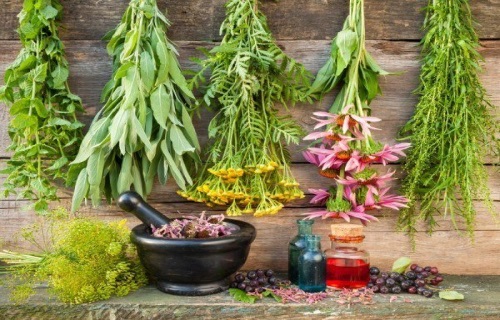
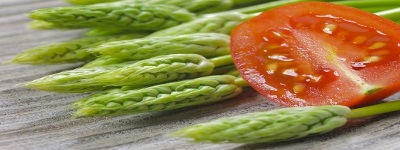
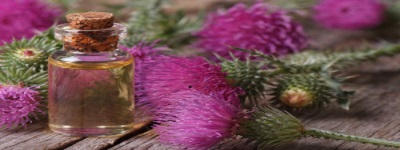
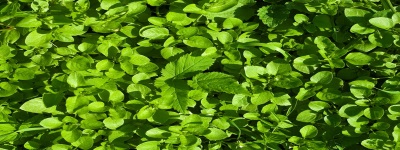
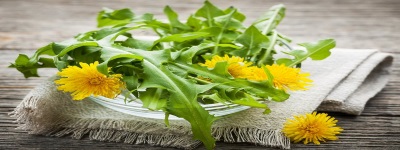
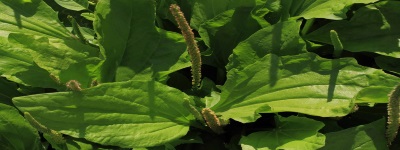
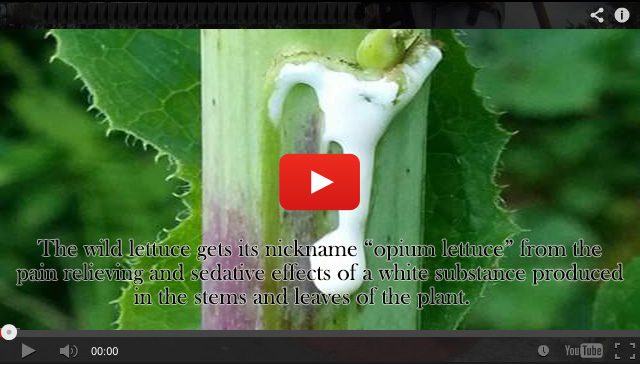
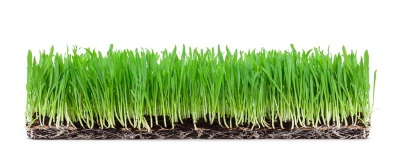
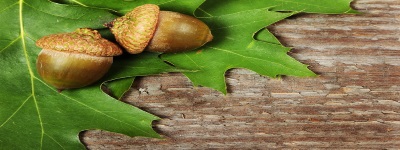
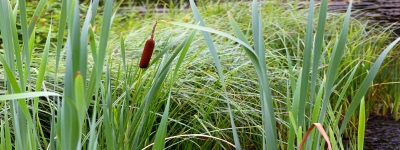
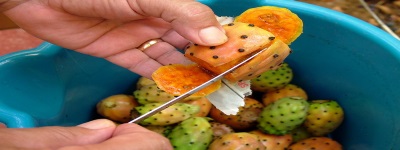
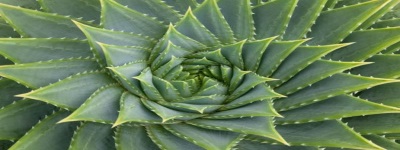

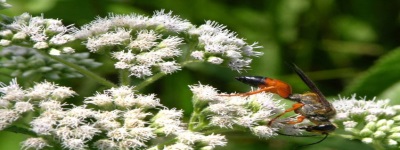
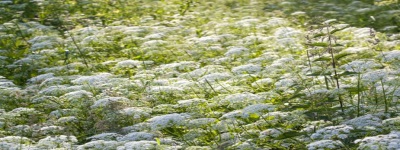

Another great plant is the obnoxious weed, Canada thistle. I am no expert on it, but the leaves are edible, just cut the spines off the edges, and the jiuce or pulp of the leaves is very nutritious.. The stems can bee peeled and eaten and the roots can be eaten.